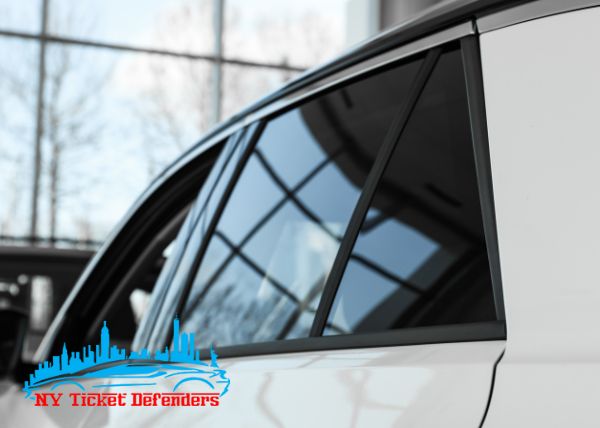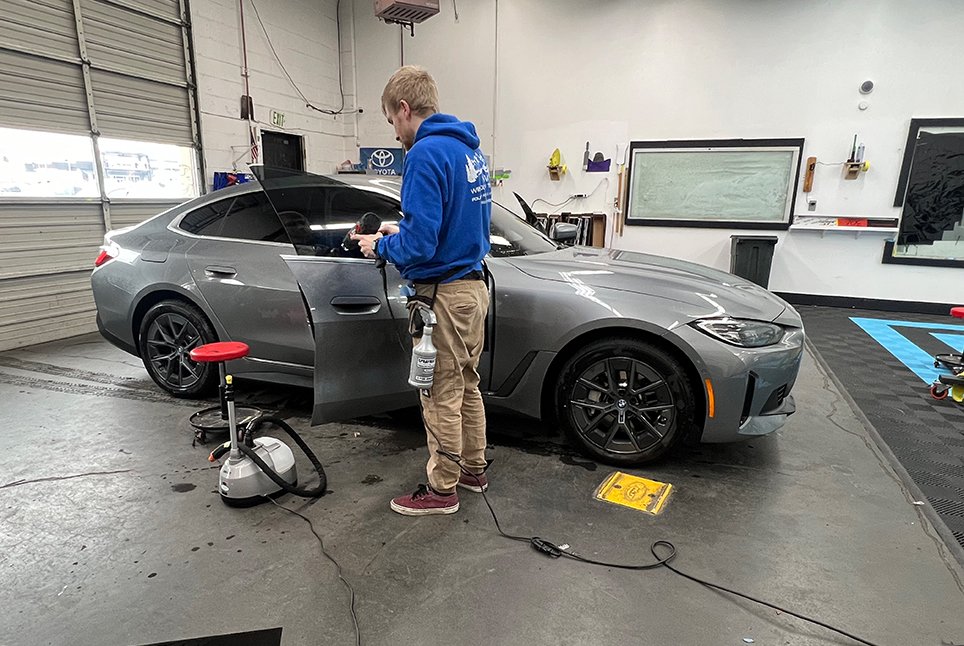Automobile Window Tinting: Locate the Best Deals and High Quality Providers Neighboring
Automobile Window Tinting: Locate the Best Deals and High Quality Providers Neighboring
Blog Article
Window Tinting Laws and Standards: What You Need to Know Prior To Tinting Your Car
Prior to proceeding with home window tinting for your automobile, it is essential to acquaint yourself with the varied laws and guidelines that control this technique across different states. These laws determine the permissible degrees of tint darkness, commonly determined by noticeable light transmission (VLT) portions, and consist of particular stipulations for front windshields aimed at ensuring roadway safety.
Review of Window Tinting Laws
Home window tinting legislations are frequently based on variant throughout various jurisdictions, showing local laws and safety factors to consider. These laws dictate the permitted degrees of color darkness and reflectiveness on vehicle home windows, guaranteeing that drivers preserve adequate visibility while additionally safeguarding versus unsafe UV rays and heat.
Many laws identify home window tinting based upon the Visible Light Transmission (VLT) portion, which suggests the quantity of light that can go through the window. Normally, lower VLT percentages symbolize darker tints. Legislations usually distinguish between the front, side, and back home windows, with stricter restrictions related to the front windscreen to boost security for both the chauffeur and various other road users.
Furthermore, some jurisdictions enforce limitations on the reflectivity of the color, stopping excessive glare that might hinder presence. Exceptions to these laws may exist for individuals with particular clinical problems requiring additional sunlight defense. Compliance with home window tinting guidelines is vital, as infractions can cause penalties, compulsory elimination of the tint, and potential rises in insurance premiums. Therefore, it is essential for lorry proprietors to familiarize themselves with local regulations prior to continuing with window tinting installations.
State-by-State Tint Rules
Comprehending the specific window tinting laws in each state is important for automobile owners seeking to follow the legislation. Each state in the U.S. has actually developed its very own collection of guidelines regulating home window tinting, which can differ substantially. These policies frequently dictate the allowed degrees of tint darkness, the kinds of windows that can be tinted, and any kind of medical exemptions that may use.
For instance, states like The golden state have rigid constraints on tint darkness for front windows, while others, such as New Mexico, might allow darker colors. In addition, particular states mandate specific presence percents for various home windows, including the windshield, front side windows, and rear windows. It is vital for automobile proprietors to acquaint themselves with their state's regulations to avoid potential fines or fines.
In addition, some states might need an accreditation sticker to be placed on colored home windows, suggesting conformity with state legislations. Failure to stick to these regulations not just takes the chance of legal repercussions however can also affect safety and security and visibility while driving. Vehicle owners must carry out extensive research study or speak with regional authorities to make certain complete understanding and compliance with state-by-state color policies.
Allowed Tint Degrees and Kinds
Several automobile proprietors might be shocked to find out that allowed color levels and types vary extensively throughout various states. Each state has actually developed its very own laws concerning the acceptable darkness and reflectivity of window color, frequently determined by Visible Light Transmission (VLT) portions. VLT refers to the amount of light that can pass via the tinted windows; thus, a lower portion shows a darker color.

Additionally, the sorts of color materials permitted can differ, with some states forbiding mirror-like or metallic surfaces. It is necessary for automobile owners to familiarize themselves with their state's certain legislations to make certain compliance. Non-compliance can lead to fines, necessary removal of the color, or other lawful effects, making it necessary to recognize these guidelines prior to proceeding with installation.
Medical Exemptions for Tinting
While not all states supply allowances for clinical exemptions relating to window tinting, those that do acknowledge the need for particular individuals to improve presence and convenience as a result of clinical conditions. Numerous medical conditions, such as lupus, skin cancer cells, and certain eye conditions, can make people especially conscious sunshine. These individuals may call for darker tints to safeguard themselves from dangerous UV rays and glare.

It is necessary to note that despite having a YOURURL.com clinical exception, there might still be restrictions on the degree of tint allowed. Conformity with state legislations guarantees that individuals are both secured and within lawful restrictions. Those taking into consideration clinical exemptions should call their neighborhood Department of Electric motor Cars or equivalent authority to comprehend the demands and procedures required to use for an exception efficiently.
Fines for Non-Compliance
Falling short to abide by window tinting regulations can cause significant charges, which differ by state. Police are encouraged to provide citations for vehicles that do not stick to the specified tinting guidelines. These fines normally include fines, which can range from moderate total up to numerous hundred bucks, relying on the severity of the offense and the state in concern.
In some jurisdictions, repeated offenses might result in intensifying penalties or added charges, such as necessary court appearances. Non-compliance might require the elimination of illegal tinting, often at the proprietor's expense. In severe situations, regular wrongdoers may face suspension of their car enrollment up until compliance continue reading this is accomplished.
Additionally, insurance policy effects might occur from obtaining multiple citations for window tint offenses. Insurers might view such infractions as an indication of riskier behavior, possibly bring about enhanced premiums or difficulty in insurance coverage.
To prevent these fines, it is important for automobile owners to familiarize themselves with their local window tinting laws and guarantee that their automobile complies (Window Tinting). This proactive strategy not only stays clear of legal ramifications yet also promotes road security
Final Thought

The majority of policies classify window tinting based on the Visible Light Transmission (VLT) portion, which shows the amount of light that can pass with the home window. Conformity with window tinting laws is essential, as infractions can result in penalties, compulsory elimination of the color, and possible boosts in insurance policy costs.Comprehending the details window tinting policies in each state is important for car owners looking for to abide with the regulation. These laws often determine the allowed degrees of tint darkness, the kinds of home windows that can be tinted, and any type of clinical exemptions that might use.
For instance, states like The golden state have stringent constraints on color darkness for front windows, while others, such as New Mexico, may permit darker colors.
Report this page